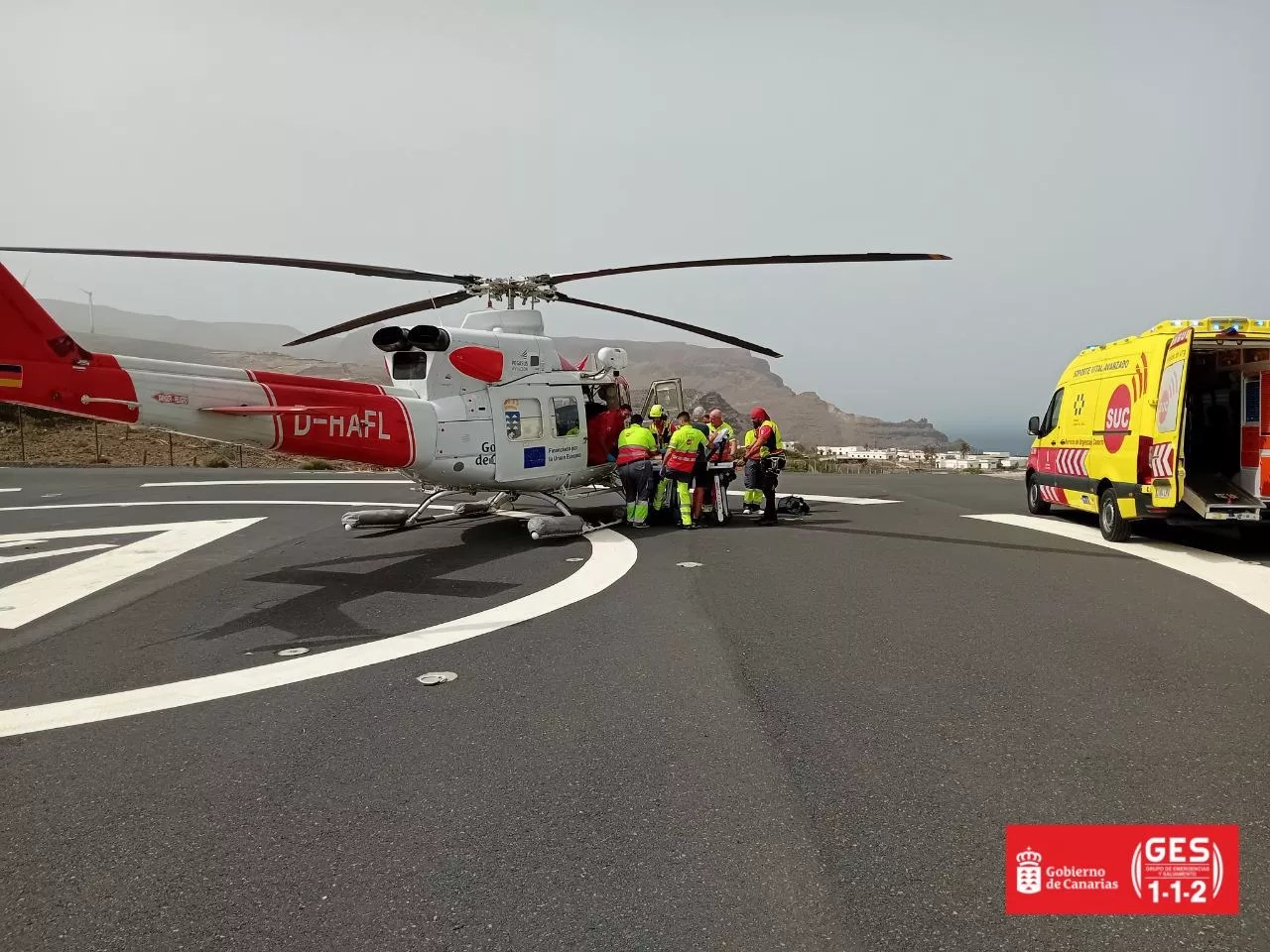SANTA CRUZ DE TENERIFE APR. (Press Europa) –
The Technological and Renewable Energy Institute (Iter), operating under the Cabildo de Tenerife, has conducted the inaugural drone flight for the ‘Paulia’ project, an endeavour aimed at identifying plant species of interest across the Canary Islands to mitigate heat.
The initiative involves collaboration with the Municipal Services Company of Granadilla de Abona (Sermugran) and the State Agency Higher Council for Scientific Research (CSIC) through two research institutions: the Eduardo Torroja Construction Institute (IETCCC-CSIC) and the Royal Botanical Garden (RJB-CSIC).
Funded by the Ministry of Science and Innovation via the State Investigation Agency and the European Union through the NextGeneu/PRT Funds, ‘Paulia’ has a budget of 754,801.38 euros, according to a statement from the Cabildo.
The initial flight occurred recently within the San Isidro nucleus (Granadilla), designated as one of the 10 urban centres for the project, which spans the entire national territory.
The drone flights focused on capturing low-altitude thermal images at specific locations within the urban sector of San Isidro.
These captures facilitated the analysis of temperature fluctuations across surfaces and designated areas, providing accurate data for subsequent technical assessments.
Processed images were examined to discern thermal patterns, identify any anomalies, and aid in shaping strategies based on verified data within the project.
The Minister of Innovation, Research and Development, Juan José Martínez, states, “The ‘Paulia’ project represents a comprehensive tool designed to evaluate and enhance the climate in small vulnerable urban locales by pinpointing hot spots and implementing solutions tailored to the type of soil and vegetation present.”
According to Iter, “we engage in these forms of collaboration with businesses and research organisations to foster the advancement of new technologies, contribute to the creation of innovative products and services, which subsequently generates employment and diversifies the island’s economy.”
The team overseeing the drone operations is part of the Iter Robotics Department, which, as the project leader, handles coordination with Aena and the Interior Ministry.
The Coordination of Citizen Security during the flights is managed by the Municipal Services Entity of Granadilla (Sermugran), a project partner.
Specifications of the drone and flights
The drone deployed for this initial flight was the ‘DJI Matrice 350 RTK’, which operated at a maximum altitude of 40 metres above ground level.
All flights will occur with the necessary authorisations from ENAIRE, alongside appropriate precautions to ensure safety at all times.
During the flights, security protocols are enacted, including restricting access within a 25-metre radius around the drone, and the presence of local police or authorised personnel to ensure area safety.
Additionally, barrier tapes or fences are put in place to manage pedestrian access in the areas where the flights are conducted.
















